The Beartooth Highway is one of the most scenic drives in the United States. Covering 68 miles from Red Lodge, Montana to the Northeast Entrance of Yellowstone National Park, it brings visitors into and through absolutely untouched wilderness. Jagged peaks soar on all sides. Windy roads carve into the cliffsides, creating drop offs that keep drivers on their toes and passengers at times closing their eyes.
As a popular summer route into Yellowstone, open from Memorial – Columbus Day, many know of its existence and eagerly plan a trip to cross it. En route, travelers certainly appreciate the views and marvel at its construction. Yet few ever leave the comfort of their car in order to take full advantage of all that’s available and accessible along the highway.
I, myself, have crossed this pass more than sixty times, en route to a ranch that sits just before Cooke City, Montana. Over the past thirty years, I’ve hiked the trails just off the highway, spotted animals high upon the hillside, and slept at various campgrounds. My family has dined at most available restaurants and taken time to explore their streets. I’ve learned first hand that the Beartooth Pass is far more than just a means to reach one of the country’s most famous national parks. It is truly one of the best places to spend time outdoors and worth exploring.
History of the Beartooth Pass
In the mid 1800s, the natural resources found around Cooke City and Red Lodge attracted entrepreneurs in droves, transforming both into well-established Montana mining towns. When the government subsequently designated Yellowstone as a National Park in 1872, the amount of people only increased, as tourists arrived in hopes of exploring its geothermal landscape. The region now had gold, minerals and humans to move but no major system of transportation to do so.
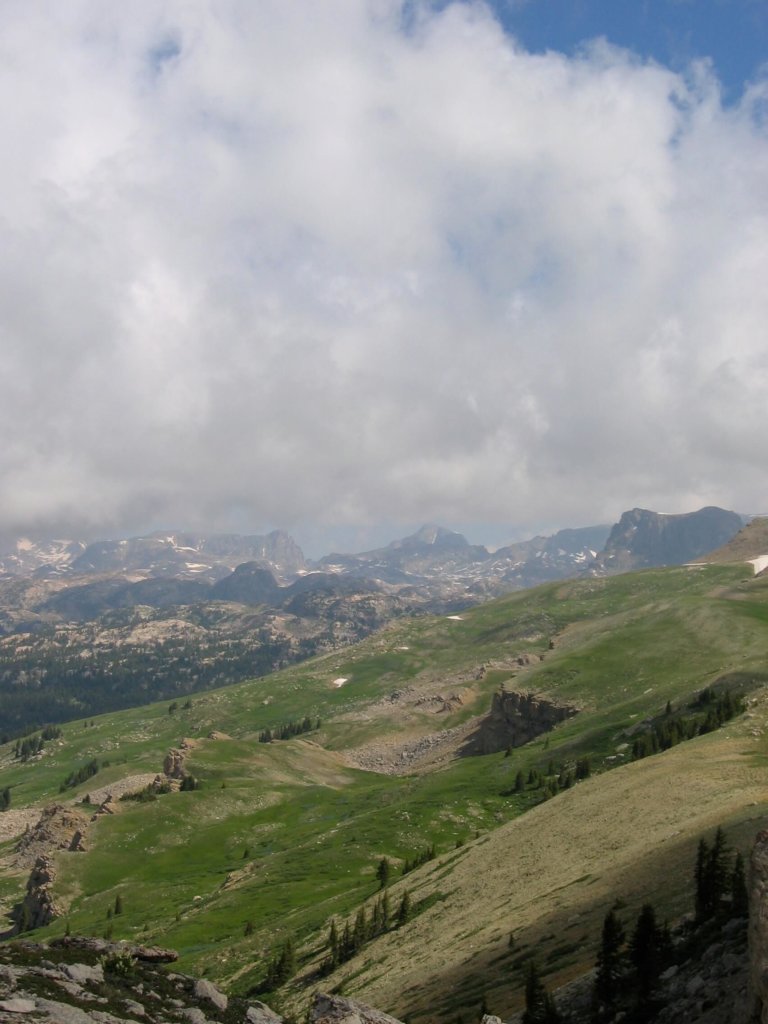
Because a railway proved unrealistic, it wasn’t until the rise of the automobile in the late 1920s that the communities finally saw a potential and began lobbying for the creation of a road system. Following years of local advocacy, the legislation passed a bill known as the Parks Approach Act, which allowed for the creation of the Beartooth Pass. Construction began in 1931 and over the course of five years, work crews built the switchbacks for which it would become famous. At its summit, the road reaches 10,947 feet, making it the highest US road when it was first opened, on June 14th, 1936.

At first the pass had no name; the National Park Service called it the Cooke City Road while those in Red Lodge referred to it as the Red Lodge-Cooke City Highway. More than twenty years passed before, in 1960, the Montana State Advertising Department asked the public for name ideas. Receiving entries such as “Highway to the Clouds” “Highway to the Skies” and “Highway to the Heavens,” they eventually decided on Beartooth. The title comes from a Crow Indian word Na Piet Say, which means “the bear’s tooth” referring to a sharp rock formation that sticks up out of the plateau toward the road’s summit.
8 Things To Do Along the Beartooth Pass
1. Explore Red Lodge, Montana
Before starting your drive along the Beartooth Highway, it is worth your while to explore Red Lodge, Montana. Hiking trails take you around the town’s perimeter and further afield into Custer Gallatin National Forest. Rock Creek provides the perfect location for fishing and paddling. Shops and restaurants of all kinds line the town’s vibrant Main Street. Swing by Scoops for some delicious local ice cream (Moose Tracks is a must try flavor) or stop in Sylvan Peak to load up outdoor gear. If you’re in the market for quirky shirts or funny souvenirs, like elk poop candy, head to Moosley Tees. Various accommodations dot the town, with motels, hotels and guest ranches offering a plethora of options.
2. Go Summer Skiing at Beartooth Basin
There’s no place better for skiing enthusiasts than Beartooth Basin, sitting just below the summit of Beartooth Pass. Opening for business in mid-to-late May, those craving an extended season can squeeze in a few more runs, even in the heart of summer. All nine trails, accessible from two high speed lifts, are quite steep, designed for well-practiced skiers but offer spectacular views and snow that hasn’t seen traffic all winter. Depending on conditions, the basin stays open until early July and often hosts events or competitions. While tickets can be purchased online, it is worth buying them in person, at their mobile offices – a trailer parked at the top of the lift (cash or check only). Just one example of the operation’s charm.
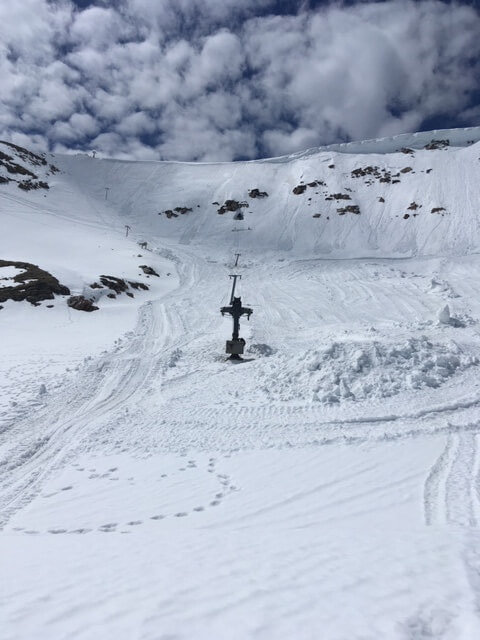
3. Photograph the Vistas & Notable Mountains
Some of the most beautiful mountains can be found in the Beartooth-Absaroka Range, just outside of Yellowstone. Pilot and Index, perhaps the most unique in the area, stand somewhat in isolation, drawing even more attention. Made from unstable rock, you can’t hike to the top of either; but one can, if feeling adventurous and in possession of great orienteering skills, climb to the saddle (you’ll need 2 cars, as it is not a loop, and at least 12 hours). For most, simply looking up at them proves sufficient. Additionally, on your drive up toward the pass’ summit, you might catch sight of the Bear’s Tooth, the rock formation for which the range is named. It’s hard to spot so keep your eyes peeled.
4. Explore the Campgrounds
In order to take full advantage of the Beartooth Highway, consider spending a night at one or more of the thirteen campgrounds that sit between Red Lodge and Cooke City. Leave your car in park as you head out on the many trails that take you further into the Beartooth-Absaroka wilderness. Or, bring your fishing rod and enjoy an afternoon exploring the region’s pristine lakes. Beartooth Lake Campground, positioned right on a lake and below a Butte offers the chance for both, with paths leading right out of camp. Keep your eyes peeled for wildlife. From deer to wolves and bears to moose, you’re likely to find tracks or scat at the very least. Be sure to take the necessary precautions with your food to avoid any nighttime visitors.
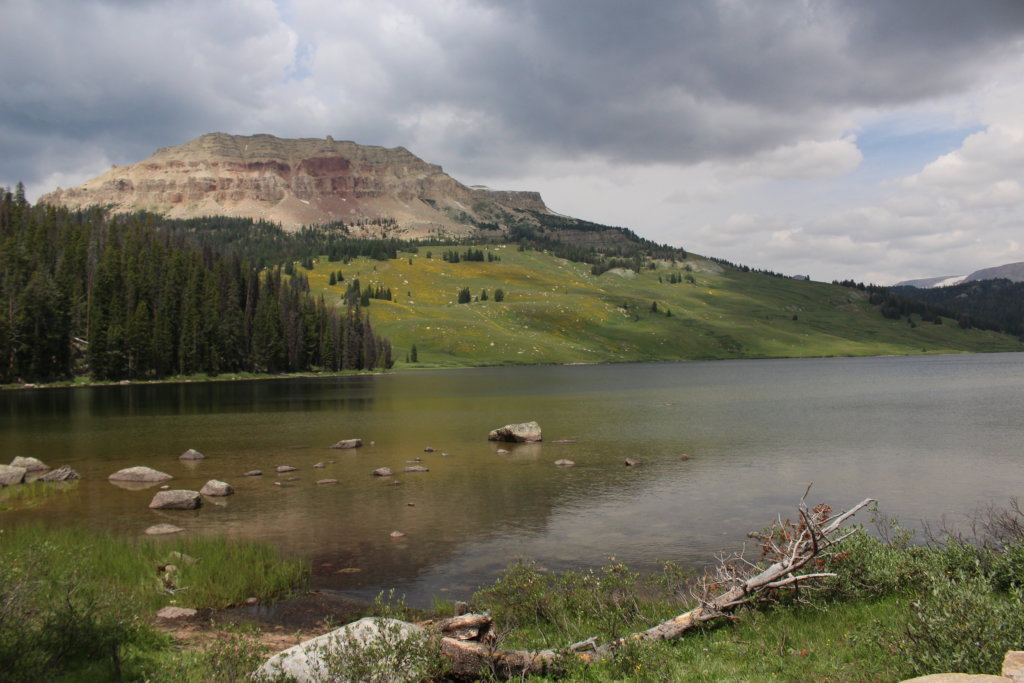
5. Visit the Top of the World
About halfway between Red Lodge and Cooke City you’ll find The Top of the World, sitting at 9,400 ft above sea level. Built on Beartooth Lake in 1934, it has since moved to sit right along the Beartooth Highway and serves as the only store along the pass. You can stop to refuel, grab snacks or stock up on a wide range of Western souvenirs, from a rabbit’s foot to jigsaw postcards. Having expanded in the 60s to include a motel, visitors also have the option of spending the night. For around $50 you can reserve one of the 4 rooms or opt to camp for $24. Equipment rentals, like fishing gear and canoes, are also available if you wish to spend the day exploring one of the many nearby lakes.

6. Hike Around Clay Butte Lookout
A fire station that sits within the Shoshone National Forest and Absaroka Mountains, you can climb the tower for a spectacular vista and, if you’re lucky, chat with a ranger who is in residence. From here, you can ascend to the summit of Beartooth Butte, another of the area’s more unique landforms, in a few hours. Know that, while you might be tempted to follow the ridge, going down into the valley and back up proves much faster. Lonesome Mountain, starting from Beartooth Lake Campground, takes around eight. Various lakes, such as Beauty and Becker, are perfect picnic destinations, reachable on relatively flat ground.
7. Explore Cooke City, Montana
About twenty minutes before entering Yellowstone, the official end to the Beartooth Highway, you reach the town of Cooke City, Montana. Despite its size, boasting around 140 inhabitants (according to the 2000 census) you can find almost anything you need and often items you never even knew you wanted.
Along main street sit shops like the Yellowstone Trading Post, selling intricate jewelry and kitschy souvenirs, from onesie pajamas to animal hats. If you spend more than $5 you get a ticket to its “museum,” which consists of numerous taxidermied animals posed in their natural habitat. You’re in and out in a few minutes but it undoubtedly adds to the mountain town experience. The General Store, on the National Register of Historic Places, opened in 1886 and has maintained much of its old charm. Large jars of candy are on display and, as the only grocery store, food lines the wooden shelves. It’s the best place in town to buy your fishing license but they only accept cash or check. Be sure to pick up a few “olden days” postcards. They’re black and white, often depicting comical encounters between humans and nature.
Don’t expect anything gourmet from the town’s restaurants but the Miner’s Saloon makes excellent pizza and, doubling as a casino, you can gamble while you eat. The Beartooth Cafe and Buns N Beds offer standard American food. Cooke City is also a great place to book excursions. With Skyline Guest Ranch and Guide Services you can book horseback rides, pack trips, fishing guides or hunting expeditions that bring you throughout the Beartooth-Absaroka Wilderness.
8. Fish The Clarks Fork of the Yellowstone River
With its headwaters just outside of Cooke City, Montana, the upper section of this tributary is a fisherman’s dream. Flowing alongside the Highway 212 for multiple miles, the river and its abundance of trout are easily accessible to those looking for a day of fishing. A license is needed and regulations vary depending on the stretch of the river you fish. Once you’ve acquired said documentation, head out of Cooke City, away from Yellowstone, and keep your eyes open for any pull out along the river.
Where to Stay Along the Way
Technically driving the Beartooth Highway takes only 2 hours, door to door. But, with so many activities, such beautiful campgrounds, and vast landscape, fully enjoying all the pass has to offer definitely requires spending a night or two. Thankfully there are places to stay while en route, especially if you like to camp.
Accommodations
- Pollard Hotel (Red Lodge): the fanciest lodging in town and chock full of history.
- Red Lodge Inn or Alpine Lodge (Red Lodge): These offer a more simplistic and affordable option. Within walking distance of all restaurants and shops, you’re still in the action without taxing your wallet.
- High Country Motel (Cooke City): Offers guests access to a hot tub, which, at high elevation, can be enjoyed all year.
- Soda Butte Lodge (Cooke City): The town’s largest accommodation with 32 rooms. It has a restaurant and saloon attached, for the full western experience
- Grizzly Pad (Cooke City): A house or two cabins available to rent, which is great if you have a larger party traveling.
- Skyline Guest Ranch (Cooke City): Further outside the town- aka not walking distance- but a bit newer. It offers numerous activities on site and off.
- AirBnB and Vrbo: Just like any city or town, you have rental options through these two companies. This might make sense if you’re traveling with a large group or family, as you can get an entire house.
Campgrounds and Campsites
Your only option once you leave Red Lodge, other than the 4 rooms offered at the Top of the World. You have plenty to choose from, depending on how far you want to drive each day and the type of activity in which you want to engage. A list of campgrounds can be found here, along with approximate distances from both Cooke City and Red Lodge. Some take reservations while others are on a first-come-first-serve basis. Visit www.recreation.gov to check what’s required and make sure to reserve space when possible. Most campsites and grounds are open to tent and car/RV camping. Regardless, the Beartooth Highway is prime grizzly country so you need to be Bear Aware.
Named an All-American Road by the National Scenic Byways, The Beartooth Pass takes visitors through some of the most remote environment in the country. From parts of Custer and Shoshone National Forests to the Absaroka-Beartooth Wilderness, passers through have endless natural landscape to explore. While it can be completed in a handful of hours, it is worth your time to take time and truly experience all that’s available along the way.
Note: The highway may only be open from May- October but that doesn’t mean the towns are inaccessible in winter. You just have to get a bit creative/be flexible. The Chief Joseph Highway is plowed, meaning Cooke City is reachable if you fly into Cody, Wyoming. Top of the World is also open year-round. You just have to snowmobile there.

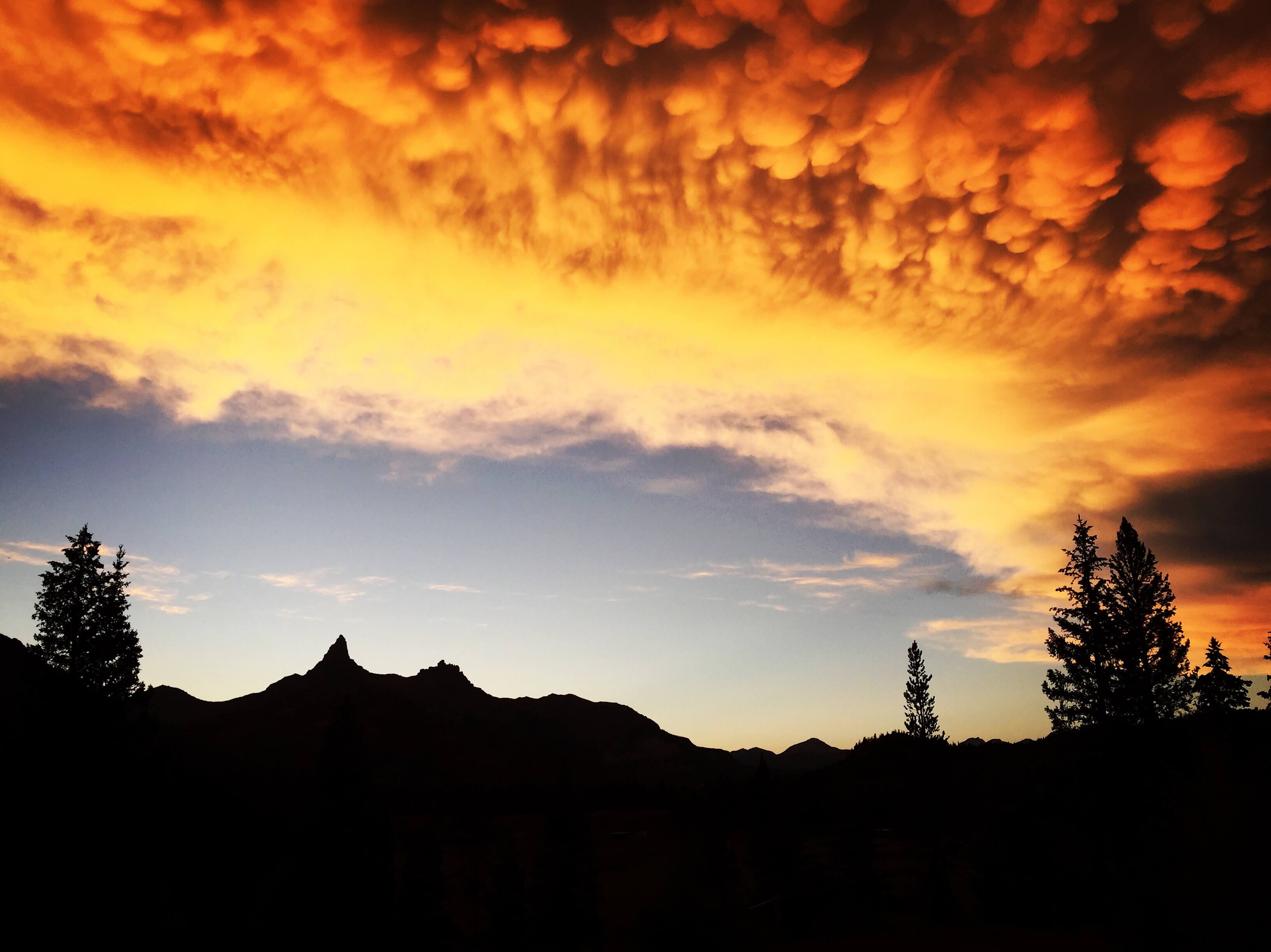

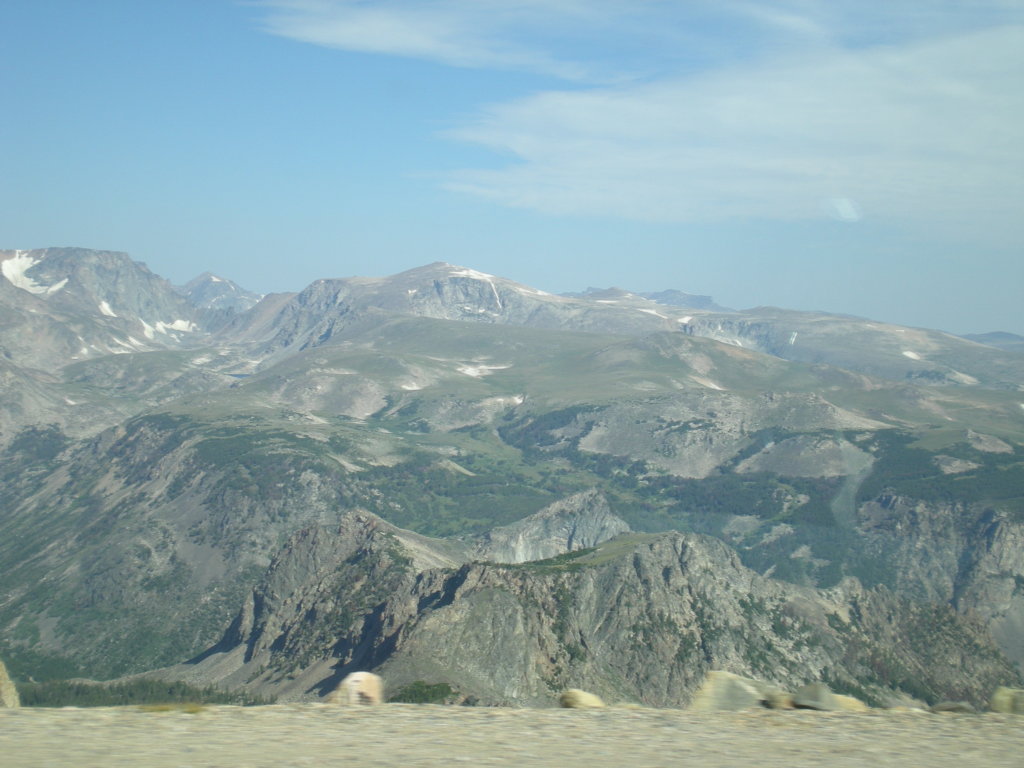



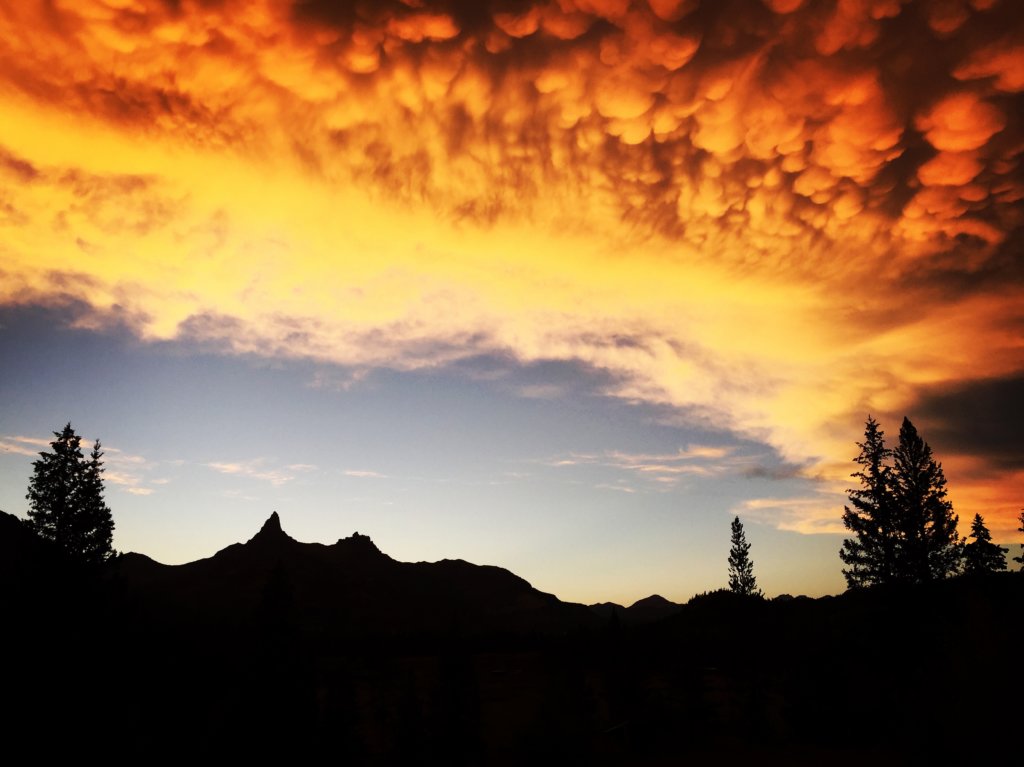


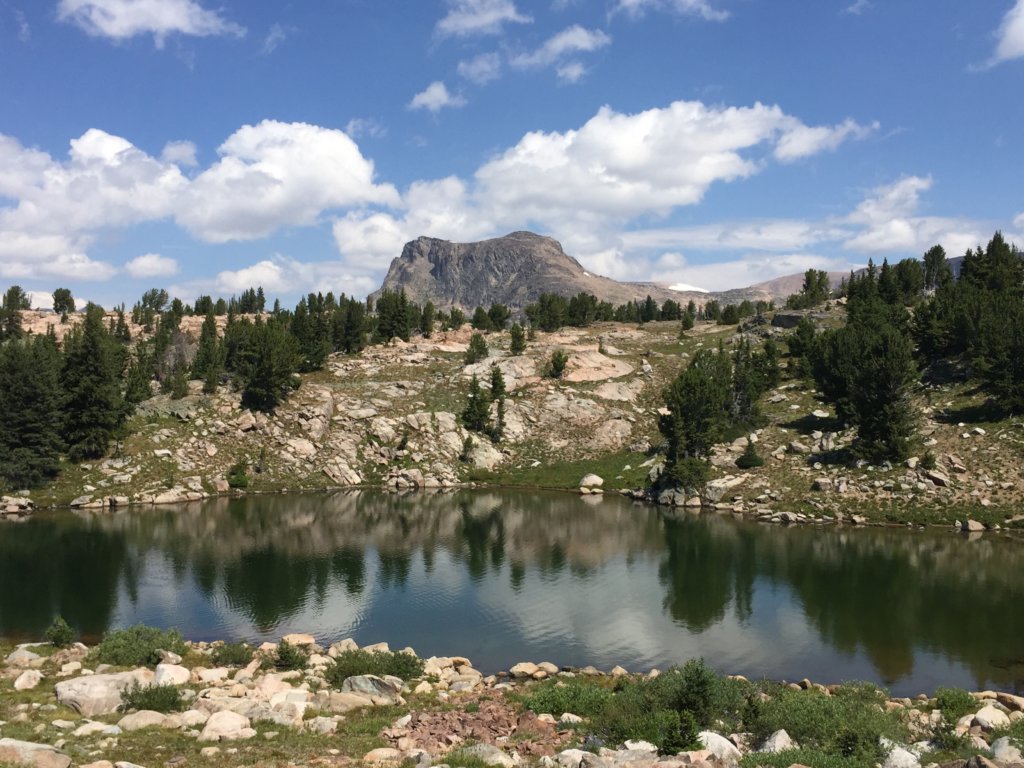


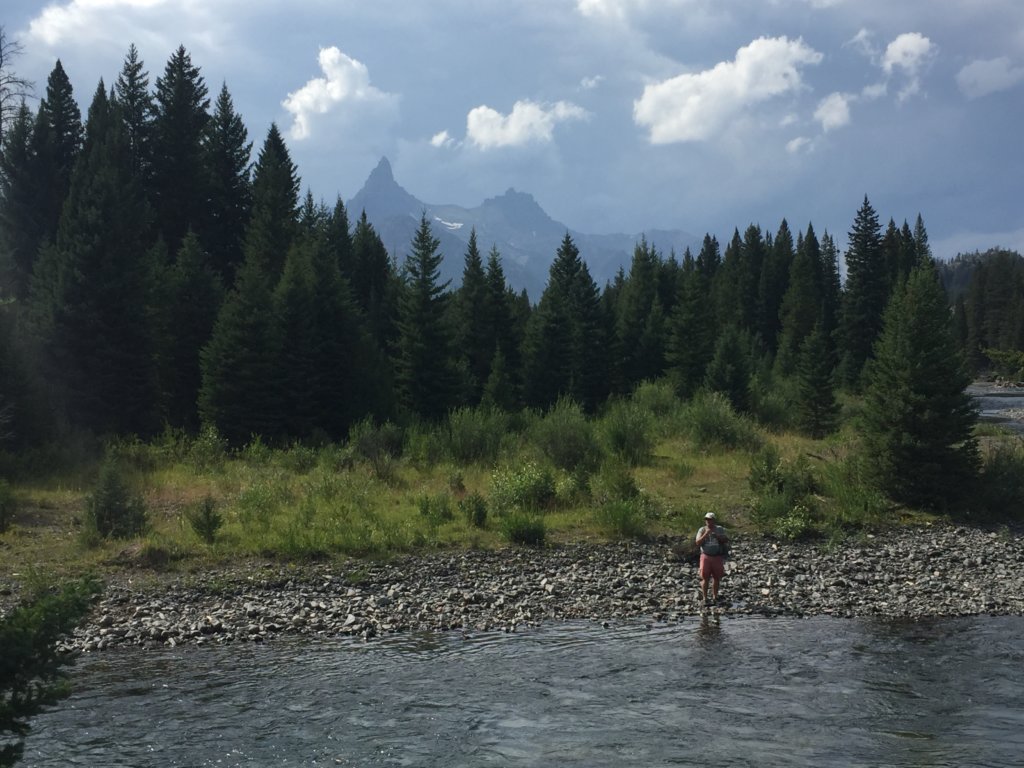
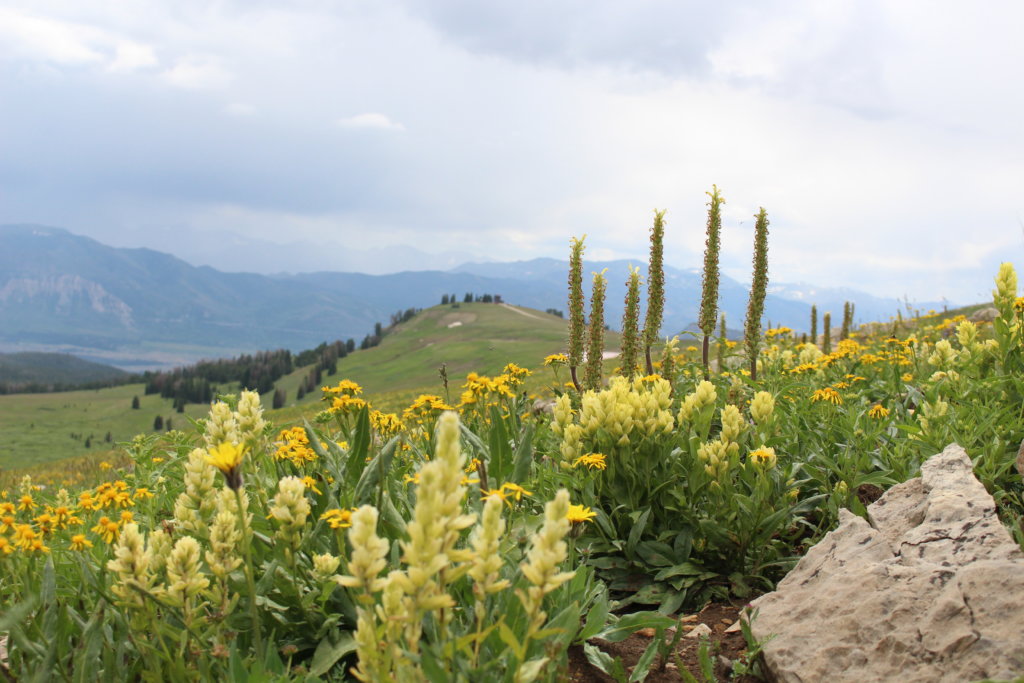


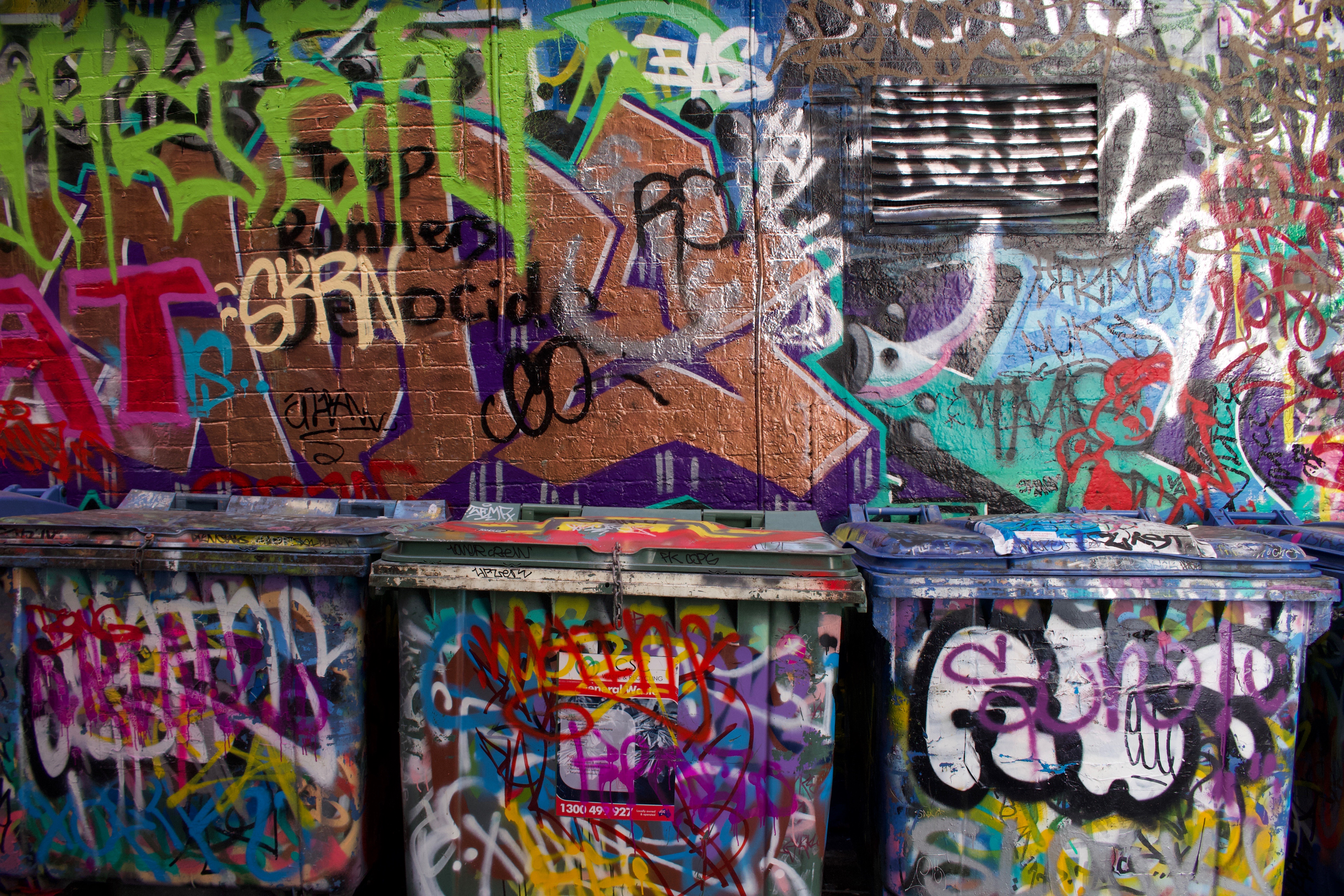
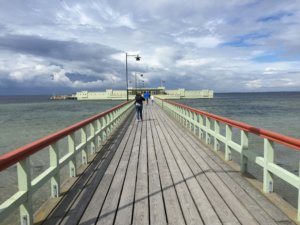

Well now I’m really excited to get out there!
Beautiful pictures and great post!
Thanks Laci. The Beartooth Mountains have to be one of my most favorite places in the world!